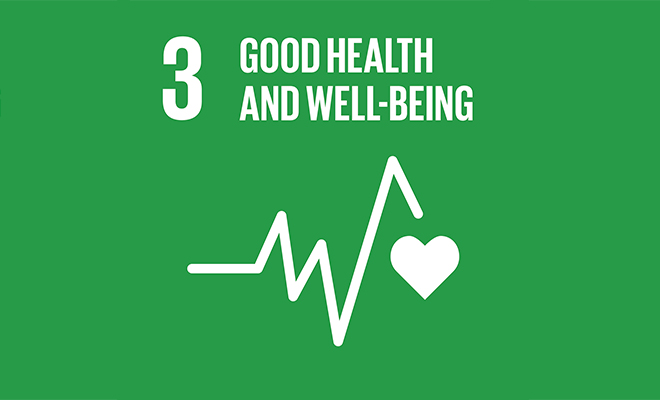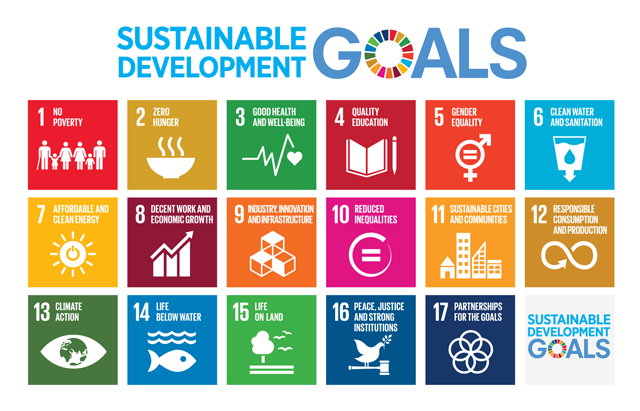There are several issues at stake – the actual costs of the research and development process, production costs, pricing policies and the bargaining power of individual countries to negotiate good deals.
Production capacity and cost
The rising cost of medicines is the primary complaint of most African countries as they struggle with meagre health budgets. There are many reasons for skyrocketing prices. Pharmaceutical companies invest a considerable amount of resources in research and development, taking huge financial risks to come up with innovative medical breakthroughs, which are not inexpensive. These companies expect to be compensated for their investments and efforts. The question is whether such companies are willing to, at some point, forgo huge profits with the goal of making medicines accessible to large parts of the world’s poor. Then there is the matter of manufacturing capacity. With very few major pharma industries based on the continent, the production capacity in Africa is particularly weak. Indeed, according to some estimates, less than 2 % of the medicines consumed in Africa is produced on the continent. The lack of adequate storage and transportation facilities further complicates the problem.
National regulations
Countries differ in how they regulate drug policy. While the United States pursues a hand-off approach, others such as India try to regulate the sector as much as possible in order to ensure generic competition. As most patients in India pay out-of-pocket for medicines rather than via insurance policies, the government places strict controls on drug prices while simultaneously allowing local companies to develop generic versions of branded drugs aimed for the domestic market. The result is that India has branded itself as the pharma to the world, and the African market for India’s generic products is rapidly growing.
In addition to implementing policies that encourage local production, African governments are being encouraged to roll out health insurance schemes that cover the poorest of the poor. However, such suggestions are easier said than done. Many of the largest pharmaceutical companies are not enthusiastic about providing technical support for local production, arguing that the rise of generic medicines would violate their patents. And many African governments argue that their limited health budgets do not allow for the introduction of ambitious health insurance programmes.
Negotiating better prices
One issue that experts believe can be more realistically implemented relates to pricing of medicines. The entire negotiation process between pharmaceuticals, insurers and governments is often confidential and it is not always clear who gets a discount on listed prices, and just how big such discounts are. Apart from greater transparency in pricing, some believe that African countries ought to form coalitions in order to strengthen their procurement processes and bargaining power.


.jpg?alt=listing)



Log in to comment
Not UiO or Feide account?
Create a WebID account to comment